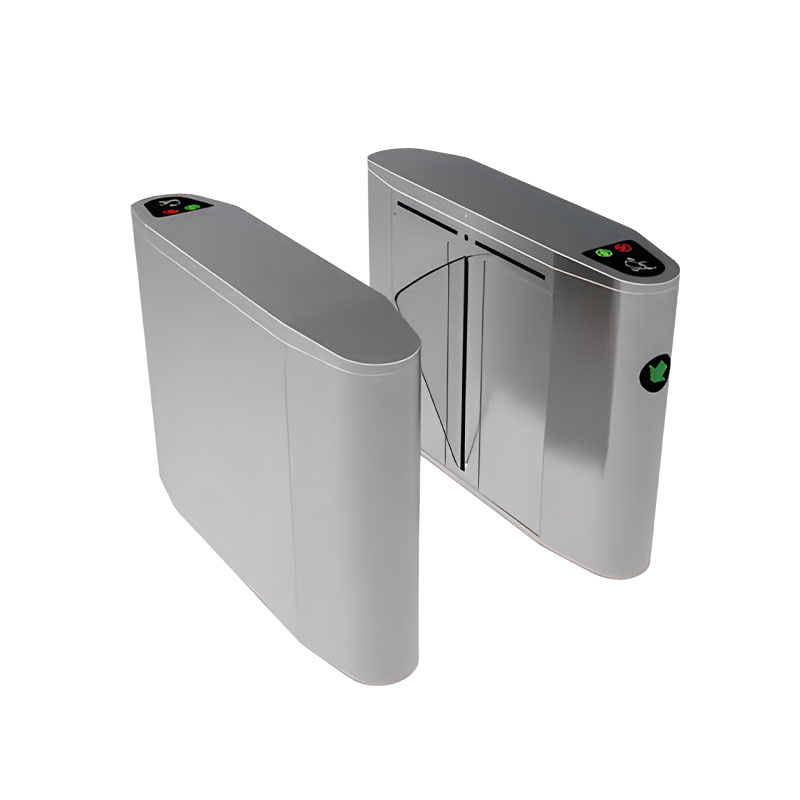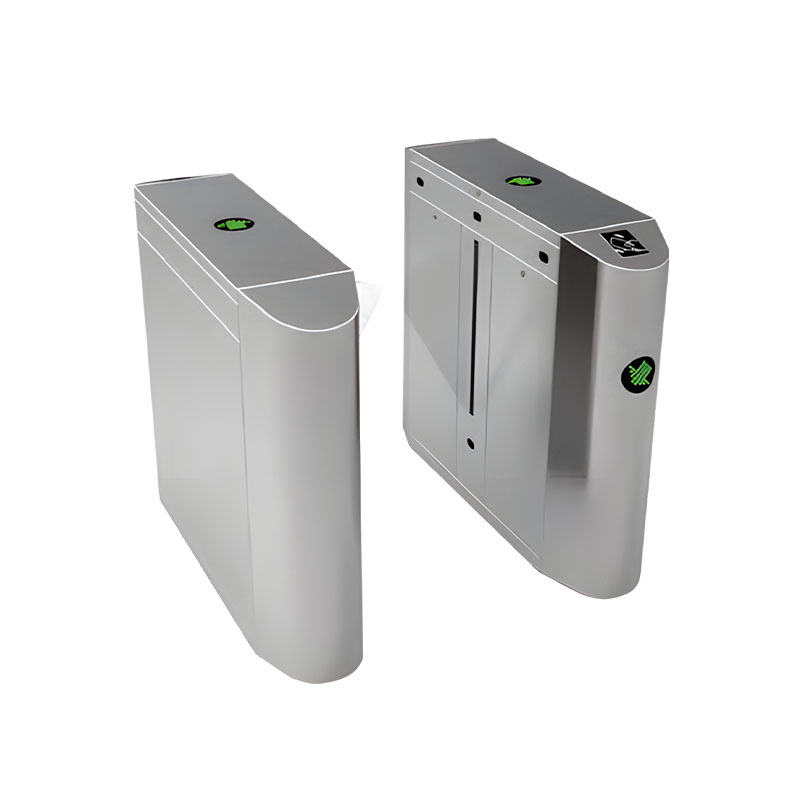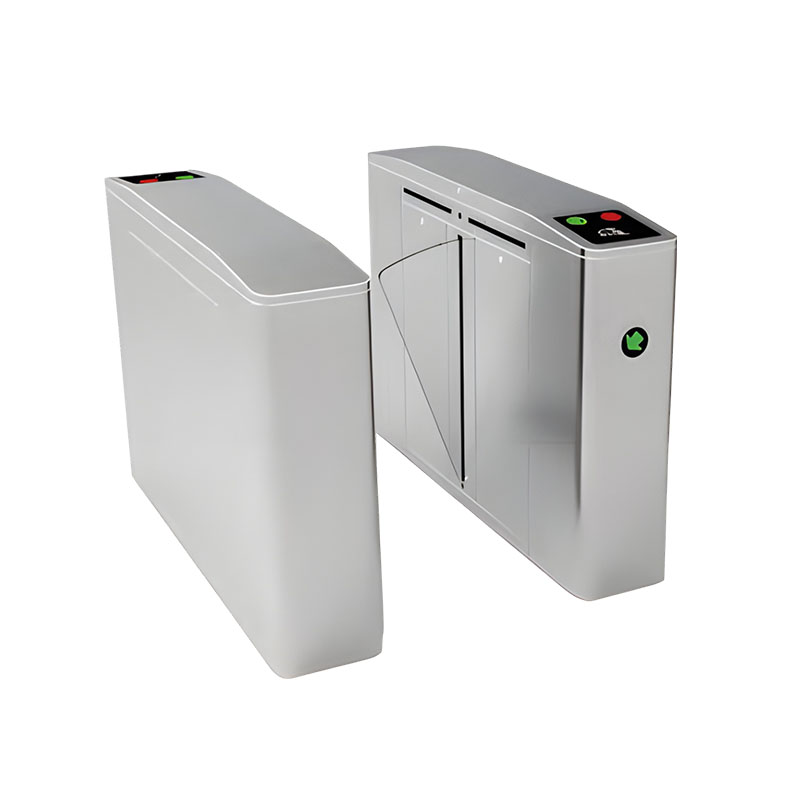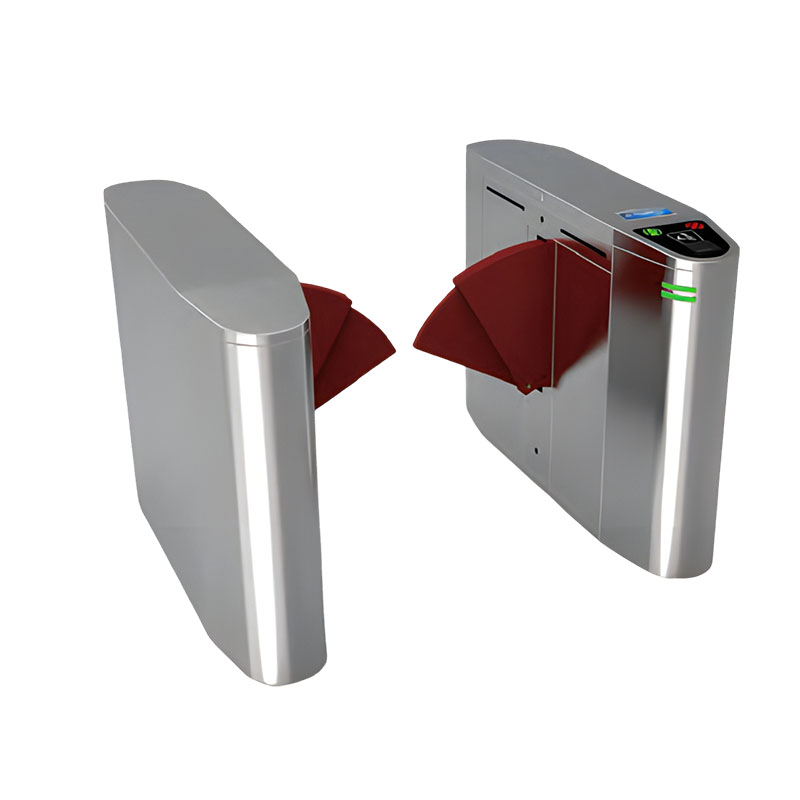How does pedestrian access gate detection technology balance speed and accuracy?
Release Time : 2025-09-04
Pedestrian access gate detection technology must achieve accurate identification of individuals and real-time interception of abnormal behavior within millisecond response times. The key lies in building a dual-security system that ensures both speed and accuracy through multimodal sensor fusion, dynamic algorithm optimization, and hardware performance upgrades. Achieving this technological balance is directly related to traffic efficiency and security management in high-traffic scenarios.
The integrated application of multimodal biometric recognition technologies is key to improving detection speed and accuracy. Traditional gates often rely on a single identification method, such as card swipe or fingerprint recognition, which poses risks of loss, duplication, and contact transmission. Modern intelligent gates integrate multiple technologies, including facial recognition, QR code scanning, palm vein recognition, and NFC, to form a complementary verification chain. For example, the facial recognition module can complete liveness detection and feature comparison in just 0.3 seconds, while the QR code module uses dynamic encryption to prevent forgery. Working in parallel, these two technologies significantly shorten verification time. Some high-end models also incorporate behavioral posture analysis, using cameras to capture pedestrian gait characteristics to further reduce false positives. This multi-technology synergy enables the turnstile to maintain high accuracy even in complex lighting, obstructions, and non-cooperative scenarios.
Optimization of dynamic anti-pinch and anti-tailgating algorithms is key to ensuring safe passage. Traditional infrared sensors are prone to blind spots due to clothing obstruction or rapid passage, leading to the risk of pinching or tailgating. The new generation turnstile utilizes a dual protection design combining infrared matrix and pressure wave sensors. The infrared matrix creates a three-dimensional detection space using 64 high-density beams, accurately capturing minute movements within the passageway. The pressure wave sensors are embedded in the gate edge and immediately trigger a rebound upon detecting abnormal resistance. In anti-tailgating scenarios, the system analyzes pedestrian passage time, speed, and infrared obstruction patterns, combining deep learning algorithms to build behavioral models. For example, if the distance between two people is detected to be less than 0.5 seconds or the infrared obstruction area expands abnormally, the system automatically locks the gate and triggers an alarm, effectively preventing unauthorized intrusion.
Upgraded hardware performance provides the physical foundation for high-speed detection. The use of brushless DC motors increases gate opening and closing speeds to 0.8 seconds per cycle, 40% faster than traditional motors, and reduces noise to below 50 decibels. The transmission system uses high-precision gear sets instead of chain drives, reducing mechanical wear and improving response sensitivity. At the sensor level, the infrared beam module's detection frequency has been increased from 10Hz to 100Hz, enabling it to capture even subtler movement. The introduction of a 3D structured light camera ensures facial recognition accuracy exceeding 99% even in strong sunlight, backlight, or when wearing a mask. These hardware improvements, in tandem with software algorithms, ensure the gate's stability despite frequent use.
The integration of edge computing technology further optimizes data processing efficiency. Traditional gates require data to be uploaded to the cloud for recognition, which carries the risk of latency. The new generation of products integrates edge computing units to perform biometric matching, behavioral analysis, and decision-making locally. For example, Doer Intelligent Control's D-series smart wing gates, equipped with a dedicated AI chip, can process 10 video streams in real time, achieving facial recognition speeds three times faster than cloud-based models. This "on-device intelligence" design not only reduces network reliance but also enhances security through localized data encryption.
Scenario-based parameter adaptive adjustment technology improves the gate's environmental adaptability. The system dynamically adjusts detection sensitivity based on real-time foot traffic: during peak hours, the infrared blockage threshold is appropriately relaxed to avoid false alarms; during off-peak hours, detection accuracy is improved to prevent tailgating. Some models also support temperature compensation. Using built-in sensors to monitor ambient temperature, the system automatically adjusts motor torque and sensor sensitivity, ensuring stable operation in extreme conditions ranging from -25°C to 70°C.
Technological evolution indicates that pedestrian access gate detection technology is evolving from "single-function" to "ecosystem interconnection." By interoperating with access control, time and attendance, and elevator control systems, the gate can simultaneously obtain user permissions, health code status, and elevator reservation information, enabling "one-time verification, universal access." For example, in smart campus scenarios, the gate can integrate with parking systems to automatically identify employee vehicles and open the gate, significantly improving the access experience.
The pedestrian access gate's detection technology achieves a precise balance between speed and accuracy through multimodal fusion, algorithm optimization, hardware upgrades, and edge computing. This technological breakthrough not only meets the stringent requirements of high-traffic scenarios such as subways and airports, but also provides critical infrastructure support for the digital transformation of smart cities and smart campuses.







